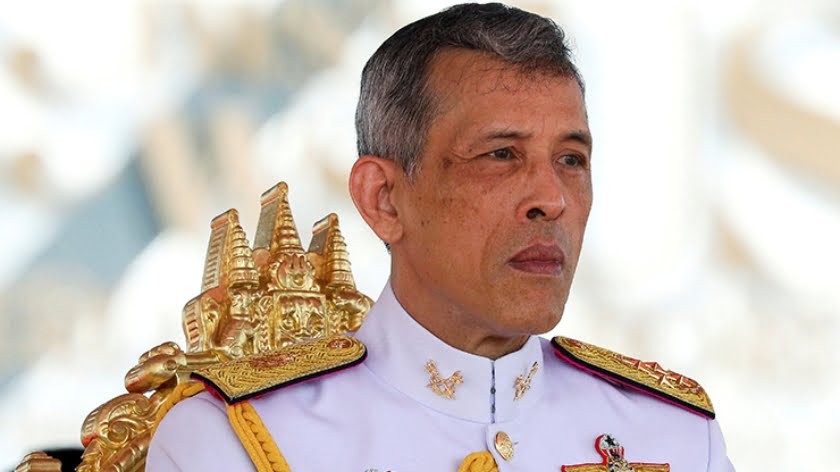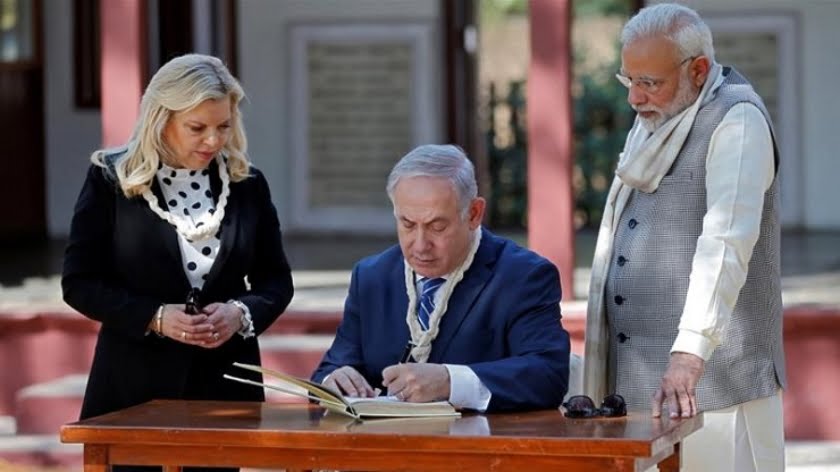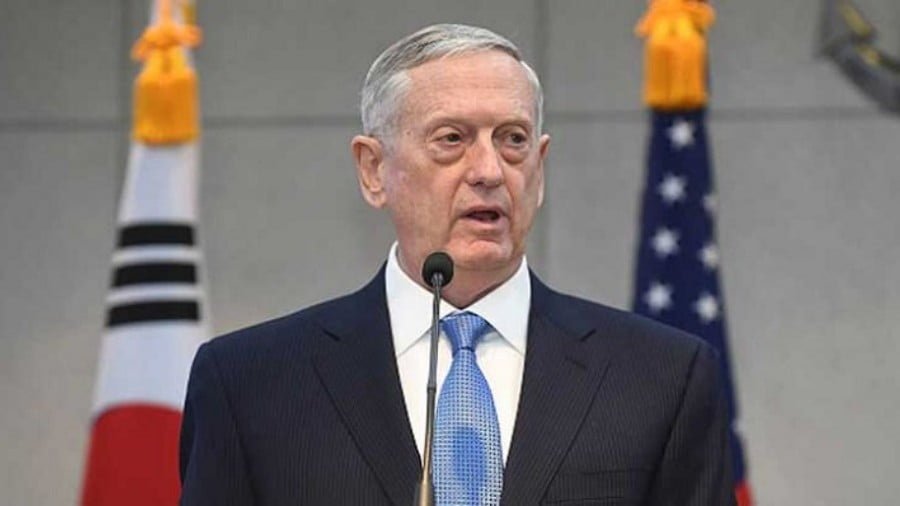Is Syria’s Invasion from Jordan on the Agenda?
With focus on the battle of Raqqa and in the governorates of Homs and Idlib, Jordan has been kept away from media headlines. The kingdom’s role will grow immensely if it becomes the staging point for an operation on Syrian soil. And it may happen pretty soon.
Syrian President Bashar al-Assad made the allegation that «Jordan was part of the American plan since the beginning of the war in Syria».
A perusal of various sources leads to the conclusion that Syria is facing the possibility of a US-led invasion from Jordan. Mike Cernovich, a pro-Trump journalist, reported that Trump’s national security advisor, Gen. Herbert R.McMaster, was pushing the idea of involving the US in a full-scale war in Syria by sending as many as 150,000 troops. According to Derek Harvey, the top Middle East adviser in the NSC, McMaster has been trying to influence the Joint Chiefs Chairman General Joseph Dunford and Secretary of Defense James Mattis. Mattis and Dunford support working with our allies in the fight against Islamic State (IS). Harvey and McMaster are advocating for a massive American-only ground force.
Here is another story to confirm the information. Eli Lake writes in his article published by Bloomberg that «Senior White House and administration officials tell me Trump’s national security adviser, General H.R. McMaster, has been quietly pressing his colleagues to question the underlying assumptions of a draft war plan against the Islamic State that would maintain only a light US ground troop presence in Syria. McMaster’s critics inside the administration say he wants to send tens of thousands of ground troops to the Euphrates River Valley».
Bloomberg cites Jack Keane, a retired four-star Army general who is close to McMaster, who says «A better option is to start the operation in the southeast along the Euphrates River Valley, establish a US base of operations, work with our Sunni Arab coalition partners, who have made repeated offers to help us against the regime and also Islamic State». Keane added that US conventional forces would be the anchor of that initial push, which he said would most likely require around 10,000 conventional forces, with an expectation that Arab allies in the region would provide more troops to the US-led effort. Other proposals mention 50,000 and 150,000 soldiers.
Arab English-language sources also have their stories to report. For instance, Arabic Al-Hayat newspaper reported that Jordan wants to follow Turkey’s example and conduct its own military operation in south Syria. The report came only a week after Jordan conducted an airstrike against Jaysh Khalid bin Walid – an extremist Al Qaeda-affiliated extremist group holding positions not far from the Jordanian border. Mass media previously reported political sources in Amman speaking about Jordanian-American-British operations to be launched against terrorist groups operating near the northern Jordanian borders with Syria.
These are just media reports, in theory they could be made up, but the authors are respected people and there is no smoke without fire.
It serves the purpose to join isolated pieces of information together to see a bigger picture.
The situation in Syria has been turning in favor of the Syrian government. The army is recovering new ground in Hama governorate and is also making gains in Idlib. It has repelled attacks launched by «moderate rebels» in the south to take the city of Deraa – the key urban area for the implementation of plans to establish a safe zone in the south.
In April, US Defense Secretary James Mattis visited the Arab states of the Persian Gulf. If the US wants other countries to join in an operation, it will badly need their political support and Arab boots on the ground.
In April, 20 US Army armored vehicles were transported by Ro-Ro transport ship Liberty Passion to the Jordanian port of Aqaba. US troops were allegedly accompanied by the Jordanian Army’s 3rd Division. This is the first time when a notable number of US armored vehicles and troops (besides the special operations forces – SOF) were reported in Jordan. The ship was scheduled to drop anchor at seven stations, but its arrival in Jordan coincided with the US cruise missile strike in Syria.
The war preparations started after President Trump received Jordanian king Abdullah at the White House on April 5.
The king expressed concern over the presence of the Iranian Revolutionary Guards stationed 70 kilometers away from the border with Jordan. Given that Jordan and Syria share a 235-mile border, Jordanian media have also voiced alarm over Jabhat Fateh al-Sham, a jihadist group formerly known as Nusra Front that many in the Hashemite kingdom perceive as merely a replica of IS. «It is a challenge, but we are ready to face it in cooperation with the US and Britain», the King told the Washington Post.
They say militants use the territory in southern Syria as a springboard for terrorist activity against Jordan. There are 100,000 refugees in two of the major refugee camps along the Jordanian-Syrian border-al-Rukban and Hadalat. The camps are infiltrated by terrorists. The last thing Jordan wants is even more Syrian refugees flowing into the country or finding refuge near its borders. A longtime US ally, Amman is also determined to work closely with the Trump administration, especially as the new US president advocates «safe zones» in Syria, which will inevitably bear major implications for the future of the Hashemite kingdom’s security.
Crossing the border to establish a protected area would be in line with Turkey’s setting up a buffer zone in northern Syria.
Even if joined by Arab allies, the creation of a safe zone in the south of Syria foresees significant increase of the American involvement in the conflict. It will require substantial ground forces and air power. Without an invitation from the Syrian government and an approval by the UN Security Council, the operation will be conducted in violation of international law. There will be a risk of clashes with Syria’s government forces. Actually, the plan hardly has a chance to succeed without cooperation of the Syrian government, Russia and Iran. The US will be dragged into another costly military conflict with no goals defined and no end at the end of the tunnel. Donald Trump won the presidential race largely because Americans were tired of the past 16 years of continuous foreign interventions.
The creation of a buffer zone will mean the division of the country, reducing the chances to find a solution to the conflict. The plan can work only if it is a multinational operation conducted in line with international law. If not, it is doomed to failure at great cost.
Source: Strategic Culture







